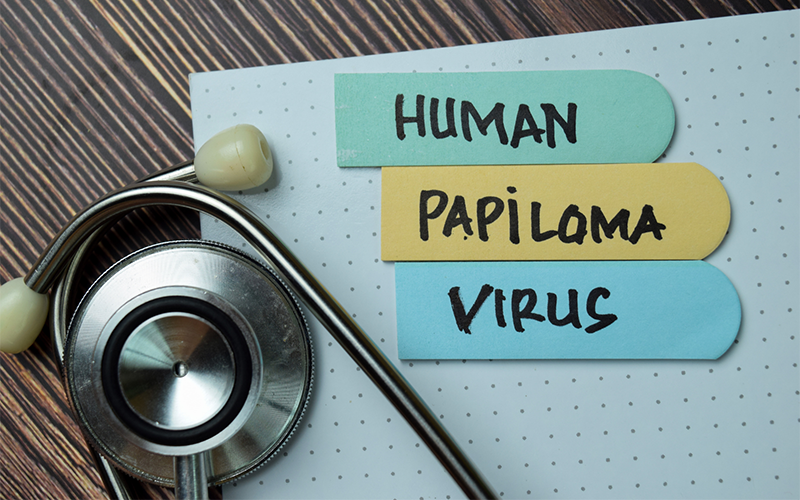
Eliminating HPV Globally: From Strategy to Implementation
News
Apr 19, 2023
Cervical cancer is a disease that exemplifies global inequalities to a significant extent. Each year, more than 600,000 new cases of cervical cancer are diagnosed globally. Around 90% of the approximately 342,000 deaths resulting from cervical cancer in 2020 took place in low- and middle-income countries (LICs/LMICs).
Human papillomavirus (HPV) is responsible for over 95% of all cases of cervical cancer. Cervical cancer is the fourth most common form of cancer among women worldwide, but it is preventable and curable if detected early and managed effectively. HPV additionally causes anal, penile, oropharyngeal, vulval, vaginal, and other cancers. At least 10%, and possibly up to 40%, of cancers caused by HPV are in men.
The global coverage of the first dose of HPV vaccine in girls is only 15%, and the COVID-19 pandemic fueled the largest continued backslide in vaccination and screening. While in high-income countries people can be vaccinated against HPV and women have access to regular screening and treatment, this is not the reality in LICs and LMICs. Moreover, males are currently excluded from most HPV vaccination programs. Gender-neutral vaccination would protect women and men and accelerate the elimination of cervical cancer.
The World Health Organization (WHO) has developed an aspirational strategy to eliminate cervical cancer as a public health problem (Global strategy towards eliminating cervical cancer as a public health problem, adopted by the World Health Assembly in 2020), aiming to increase HPV vaccination to 90%, twice-lifetime cervical screening to 70%, and treatment of pre-invasive lesions and invasive cancer to 90%.
In line with the global strategy as well as Europe’s Beating Cancer Plan, the WFPHA, the Union for International Cancer Control, and the European Cancer Organisation organized a World Leadership Dialogue (WLD) session “Eliminating HPV Globally: From Strategy to Implementation” during the 17th World Congress on Public Health (WCPH), on May 02 to 06, 2023, to provide a platform for health leaders from governments, United Nations agencies, the private sector, civil society, and patients to share progress and challenges toward eliminating all HPV-related cancers.
This WLD session is organized to highlight progress towards the WHO’s 90-70-90 cervical cancer elimination goals; to discuss the determinants of health that limit women’s access to health services, screening, and treatment, starting from the real experience of some countries; to consider the merits of gender-neutral HPV vaccination; and to create a sense of urgency to direct policy decisions toward concrete actions to prevent and treat HPV-related diseases and to increase investments to scale access to these tools.
During this WLD session, health leaders listen to and discuss with communities and policymakers to define the best approaches and leverages to implement concrete actions based on the WHO global strategy to prevent and treat HPV locally and worldwide and to facilitate intersectoral collaborations to achieve this common goal.
